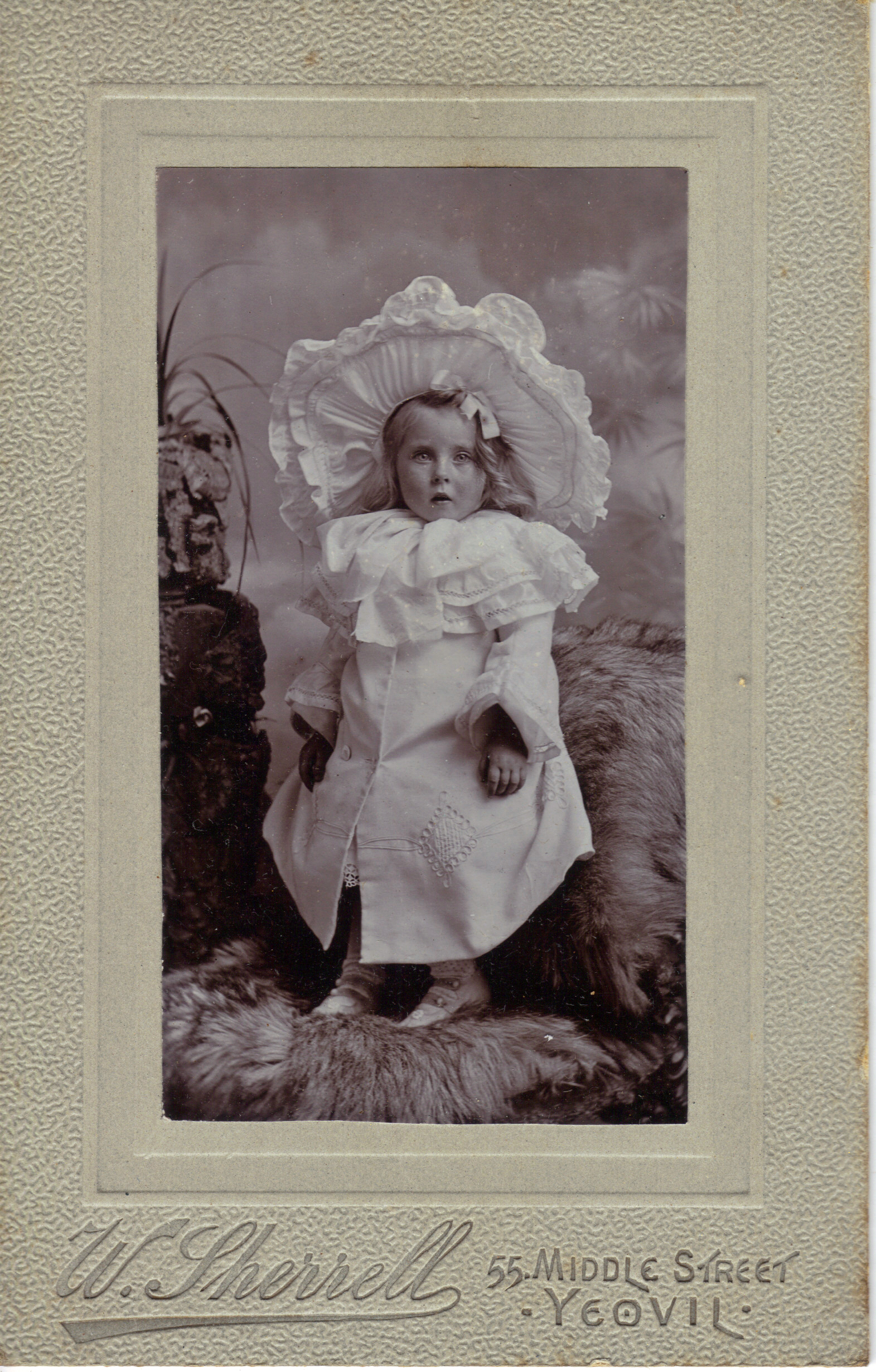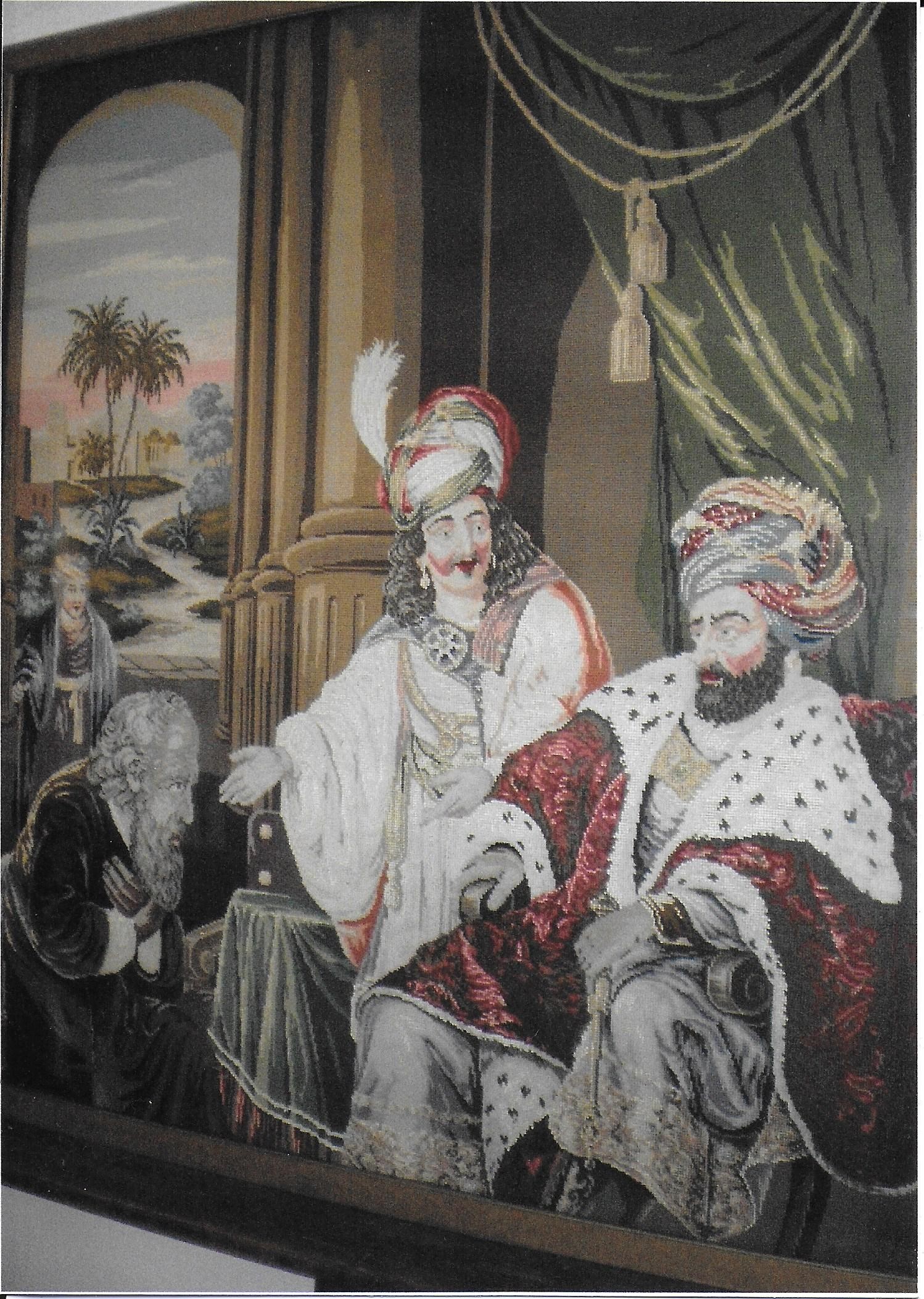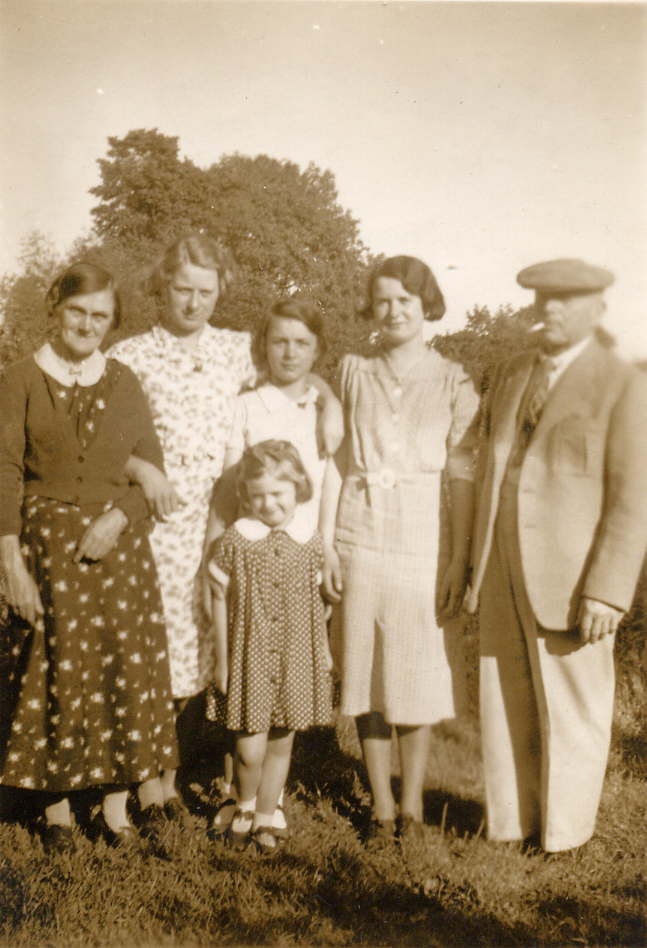 |
| An unknown child from Fanny and Lizzie's photo album, taken in Yeovil. I don't know the child's identity, but I love the outfit! |
I have finally reached the final post in my series about genealogy in the age of coronavirus. So far, I have covered interviewing relatives and organising your research, some interesting online resources and sharing your research and writing your own history. In this final post, I will talk about a large group of the documents we inherit: family photographs.
Who is that?
I don’t know about you, but I have acquired a lot of photos. My mum is always photographing things wherever she goes, so we have many albums of family holidays and other events at home. Then there are my own photos and ones I have inherited from other family members. Photographs are an excellent way of documenting our lives, but there is often a problem. I’m sure you know the one I mean. Some of the photos you inherited have no name, no date and no place attached! When my grandmother passed away, I spent some time at my Aunt’s house scanning and sorting through various photos and documents.I came across a wonderfully full photo album which had belonged to my gran’s spinster aunts, Fanny and Lizzie. The downside was that a large proportion of the photos it contained were completely unlabelled. Not even a name, let alone a date or a place. Now, there is no-one left who knows who these people are. This is a very common problem for genealogists and family historians and sometimes we have to accept that we may never identify who is in the photograph that we are looking at. Properly labelling my own and my family’s photographs is something that is near the top of my project list. It could take some time though, especially because of the number of photos that my mum takes!
What else can we learn?
Just because we may never be able to put a name to a photograph, doesn’t mean that we can’t learn other things instead. There are various books and authors that talk about how to distinguish different clothing fashions from different eras. A good book for family historians is Tracing Your Ancestors Through Family Photographs by Jayne Shrimpton. It is very comprehensive and talks about other things apart from fashion. There can be clues in the location of a photograph, the photographer, the type of photograph and many other things. The book even contains a section about inherited photo albums and clues that may be found in something as simple as the layout and order of the photographs themselves. That is certainly a section I need to revisit for Fanny and Lizzie’s album.There are some other routes you can take to help identify your photographs. In a previous post, I wrote about using a Google Image search to help to identity mystery photographs. You can find that here, but I concluded that it may not be 100% successful. It depends on either people sharing photos from your family, having a famous relative and photos that match being on the internet in the first place. Still, you never know when your luck might be in.
 |
| Sarah Cole (neé Hawker) in her later years. This is part of a group photo and may have been taken at the wedding of one of her sons. |
Compare-a-face
A fun application that may (or may not) help you identify who is in a photograph, is the ‘Compare-a-face’ service from FamilySearch. I recently stumbled upon this and have found it fun to compare my own photo to those of some of my ancestors. I have always thought that I get the shape of my face from my great-great-grandmother, Sarah Hawker (you can read more about her here) and her mother Mary Ann Rowsell. According to the service, there is only a 48% resemblance between me and Sarah. This did change depending on the photo of me that I used. One comparison raised that to 51%. I only looked 38% like my maternal grandmother and 51% and 45% like my dad and my mum, respectively. I don’t know who the other 4% belongs to!With the changing percentages, this is not something that I would rely upon as being totally accurate. I’m sure that the accuracy depends on whatever algorithm is used to determine likeness. I haven’t been able to find anything on the FamilySearch website so far that explains how this works. Still, it is an amusing way to pass the time, especially with the amount of time we are spending at home.
Picture My Heritage
This also goes for another FamilySearch service, ‘Picture My Heritage.’ In this application, you take a photograph using your device camera and it is then superimposed upon a picture of someone in the national dress of your choice. For me, the website picked up that my surname was most common in England, Wales, America and Canada. These were the top choices for my solo ‘historical picture.’ The finished picture then adds in facts about the place you have chosen. You can also picture yourself in a variety of historic group pictures. The website asks you to choose a face and then the process is the same as with the individual photos. Some of the photographs you can choose from look suspiciously modern, just taken in black and white! Both of these sources are free, but you do need a FamilySearch account to access them.MyHeritage 'In Color'
 |
| An unknown man from Fanny and Lizzie's album, this time taken in Brecon. I wonder what this would look like in colour? |
A final online source which might be of interest to those with black and white photographs, is the MyHeritage In Color service. You do have to register for an account and it seems there are a limited number of photos that you can colourise for free. But you can upload black and white photographs and the service will put them into colour for you. Do read the FAQs, as they do say that it is all done by algorithm and the colours may not all be authentic. The examples they give are very varied, from all countries and backgrounds. The before and after shots clearly show the difference and give an idea of how your ancestors would have seen the scenes represented.
Remember, with all online services you may need to think carefully before you upload any photographs. Read any terms and conditions, especially if you are unhappy about others accessing your own family photographs.
There is much more that can be said about family photographs. One aspect I haven’t been able to include here, is storage and preserving them for years to come. That is a whole other topic for another post!
For the time being though, enjoy the family photos that you have. They are certainly another project to add to my growing list….
Copyright © 2020 Shersca Genealogy

